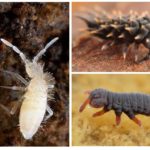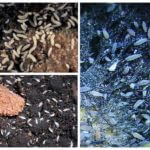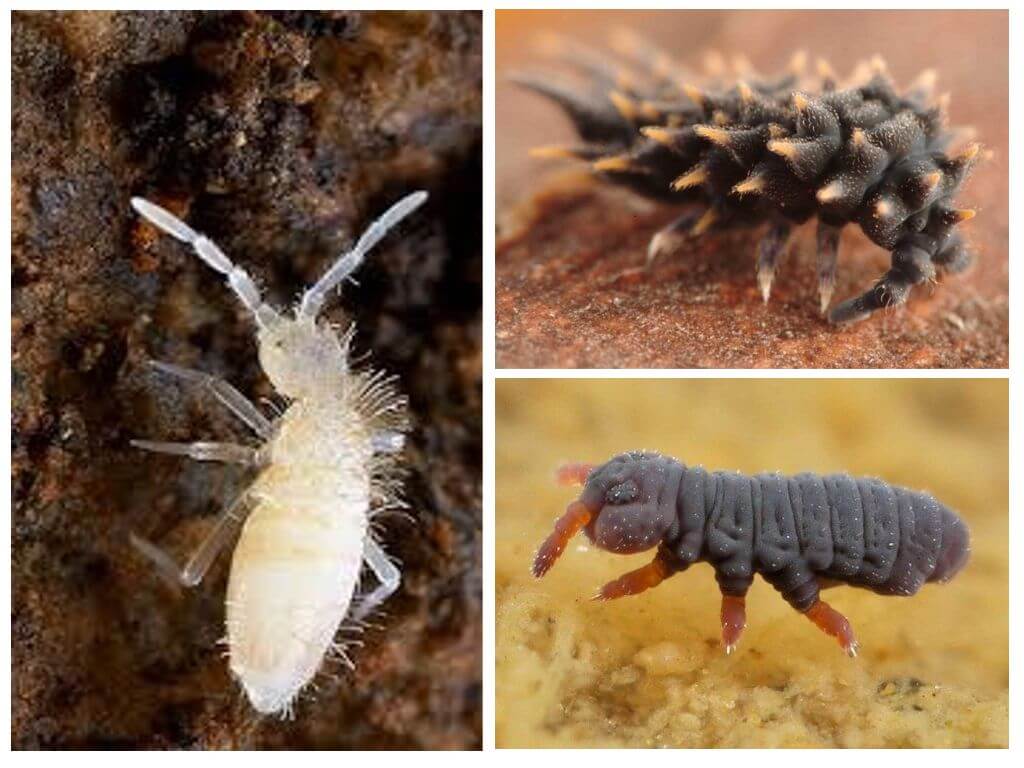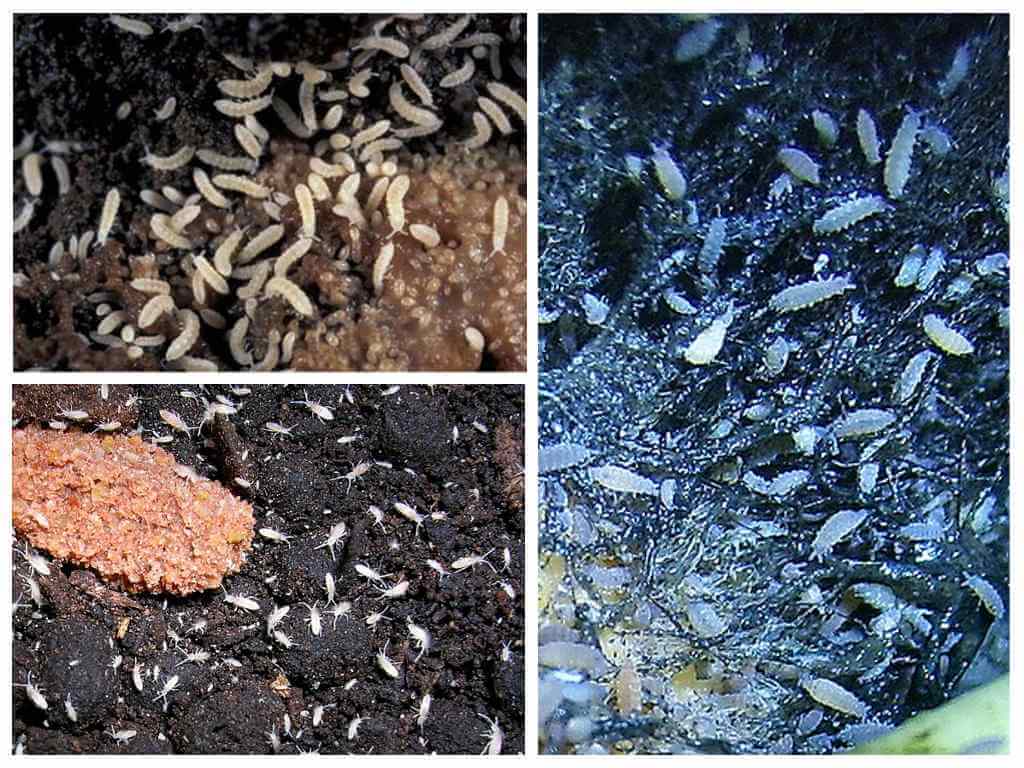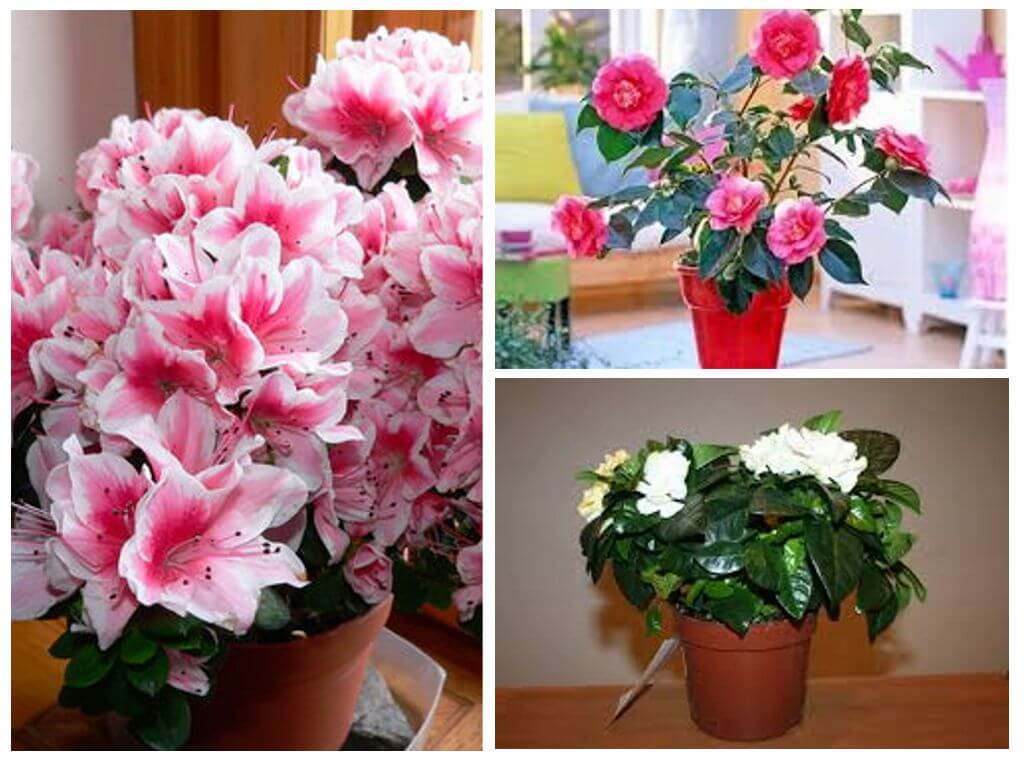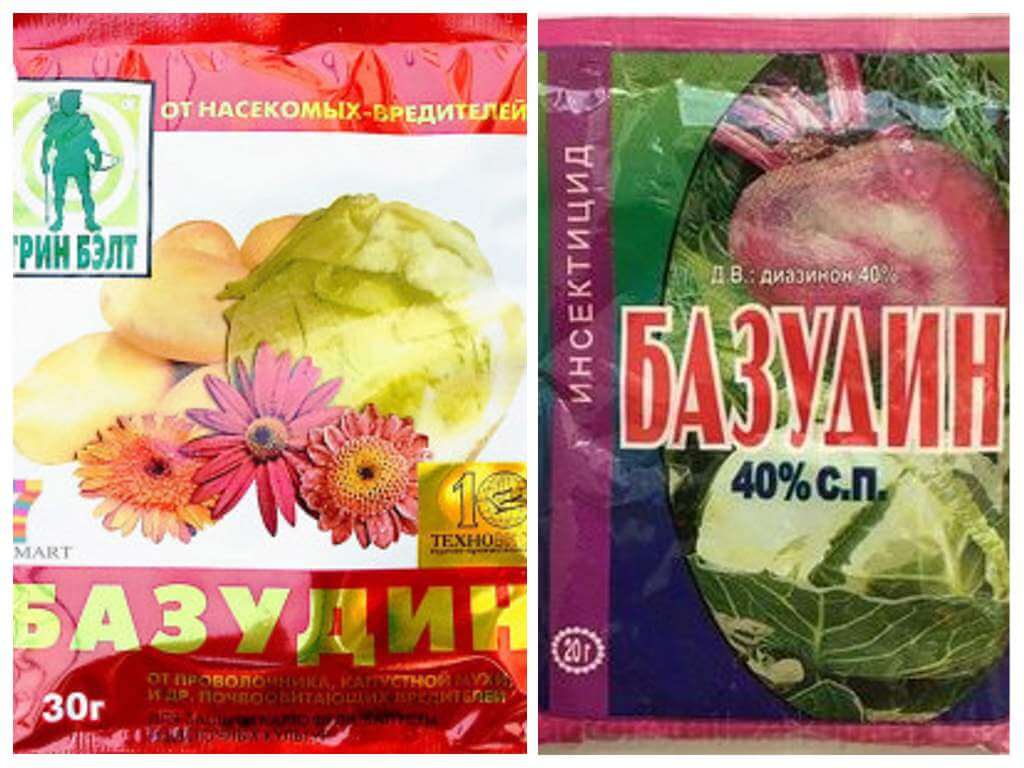Collembola, springtails, poduras in indoor plants
Content
- Pins
- Tails in colors
- Camelia, Gardenia and Azalea
- Remedy Basudin
The tails are small pests that have been encountered by many gardeners. Collembolas or poduras, as they are called by the people, usually live in flower pots. Such an insect prefers to settle in the upper layers of the soil, where there is high humidity.After all, excessive watering causes the appearance of a springtail. A small cluster of suckers will not cause much harm to the plant. However, a rapid increase in the population can lead to damage to the root system of the plantation, resulting in its slow growth and even death.
How does a podura
Kollembula is a small insect, the size of the body is from 2 to 10 mm. Externally, it is very reminiscent of a caterpillar, painted in white or beige. There are also springtails or pouraxes of yellow, gray and even metallic hues, with transverse stripes, marble or dotted patterns.
On the underside of the abdomen, the collembola has a fork-shaped process, due to which it not only moves on the ground, but is also capable of jumping. In a calm state, this jumping body bends under the abdomen and is practically not visible. This is the most obvious sign, with the help of which even a beginner florist can learn a podura. Below is a photo of springtails.
Conditionally new springtails are divided into the following types:
- white poduras - pests living in the upper layers of the soil, especially often they can be found in greenhouses and greenhouses, where the humidity is high;
- vegetable poduras - insects that eat ornamental plantings, they are also inhabitants of summer cottages;
- mushroom pouras - this type of pest can harm young shoots, seedlings and bulbous flowers.
Photos of various types of undercuts can be seen below.
On a note!
The number of springtails depends largely on the level of humidity: the higher it is, the faster the pests multiply. From time to time, larvae emerge from eggs laid by the female into the substrate, differing from adults only in size.
Paths of penetration
Many amateur growers, faced with such a problem, are puzzled by the question of how could collembulls get into pots with houseplants. Pests can penetrate:
- through the vents;
- on a new plant, the soil of which is already infected with springtails;
- with poorly treated substrate.
Symptoms of infection
You can verify the presence of springtails on the room flowers by the following features.
- The white deposit on the ground is evidence of its excessive wetting, and therefore a favorable factor for the subsurface habitat.
- Active movement of springtails on the ground.
- With a large accumulation of insects, not only the root system can be damaged, but also the upper parts of the stems.
Causes
Mouths in room flowers settle only when there is a favorable environment for their habitat. Usually a sucker leads to:
- excessively wet soil, over-irrigation and poorly equipped drainage systems are among the most important causes of spring-tails;
- damp indoor or greenhouse air;
- the presence of moss;
- excessive use of organic fertilizers;
- decaying remnants of natural fertilizers, tea leaves in combination with stagnant water in the soil or pallet are particularly dangerous;
- low temperature in the room.
Mechanical methods of struggle
Poor care, clumps of dried leaves and excessive moisture create ideal conditions for making pouches in indoor plants. Therefore, to eliminate pests, it is necessary, first of all, to adjust the watering, which is the main cause of high humidity of the earth. Deprived of the usual and comfortable habitat conditions for the springtail will no longer disturb the plant.
There are other ways to get rid of the sub-piles:
- Very important is the observance of indicators of humidity in the room. To do this, ventilate the room more often, dry the laundry outdoors, and also provide access to the sun's rays. Adjust the level of humidity will help a special device that absorbs excess moisture.
- Dusting the soil with ash or sand is one of the most effective methods for the destruction of a podura. It can be used for almost all plantations. The exceptions are plants growing in an acidic soil. These include camellia, gardenia or azalea.
- To get rid of pests, just put the plant pot in the water. After that, on its surface will only collect the surfaced springtails.
- Particular attention should be paid to the drainage system. After all, it is the clogging of the holes at the bottom of the flower pot that causes the water to stagnate. To avoid this, a few pebbles that are placed on the bottom of the pot during transplanting a flower.
- Substrate replacement is another effective method to get rid of a springtail. It is important not only to remove contaminated soil, but also thoroughly flush the root system.
- Organic fertilizers should not be used too often either. The remains of tea brewing or ground coffee can cause the development of mold or mildew, so they are added to the soil no more than 1 time per week. After 2-3 days, the organic particles are removed and the substrate is gently loosened so that the soil is enriched with oxygen. It is important to exclude all factors that contribute to soil rotting and moldiness.
- There is another original folk way to get rid of podur, which is safe, both for the plant and for the person himself. To do this, you need a raw potato, which is cut into two parts, each of which is laid cut down on the substrate. Raising these halves after a few hours, you can see a lot of pests on them. After that, the fan should be shaken off or rinsed with water and re-installed the “bait”.
The use of chemical preparations in the fight against podurami
If the above methods fail to get rid of the larvae and adults of the foxes living in the roots of plants using the methods described above, you should use chemical preparations. They are able to cope with parasites in a short time.When using insecticides, strict safety measures are necessary. You should also protect the access of young children and pets to the treated plant.
One of the most effective drugs against poduras is Basudin. The powdered agent is scattered on the soil; after a few hours, collembola will not annoy the plant. No less effective is Pochin - a drug of a similar method of application. To speed up the process, granules scattered over the soil surface are lightly mixed with the ground.
On a note!
There are also universal tools to combat springtails, from which they prepare solutions. An example of this might be Aktara or Mospilan. The solution is prepared and used in accordance with the recommendations set forth in the description.
Do not panic if poduras are found in a flower pot. Getting rid of the springtail is not that difficult. The main thing is to detect pests in time and take appropriate measures, observing the rules of irrigation and quality drainage.

